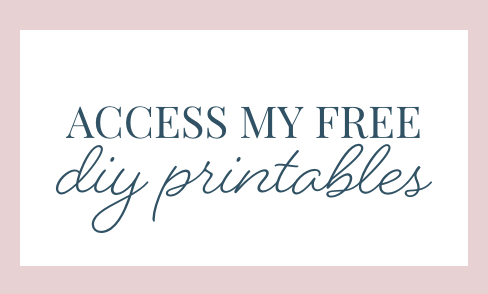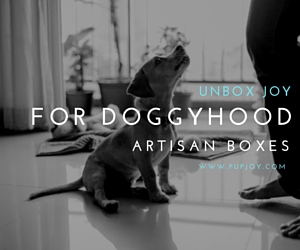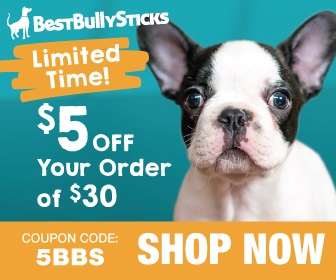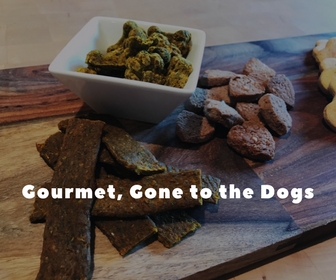
Some of the most common, household dog food brands use the following unnecessary ingredients, even posing as ‘all natural, high-end’ dog food companies:
-Sodium selenite (an inorganic compound that can be toxic in high doses)
-Glycerin (a sugar alcohol compound typically used to make soaps or used as a laxative)
-Corn gluten meal (a filler that is a cheap carbohydrate, corn often causes allergies in dogs and is difficult for dogs to fully digest)
-Whole grain wheat, wheat bran (Wheat is very cheap to produce, causes allergies and is also hard for dogs to digest properly)
-Sulfur (Today, almost all elemental sulfur is produced as a byproduct of removing sulfur-containing contaminants from natural gas and petroleum)
-Added salt (Additional or too much salt can cause increased thirst and affect adrenal glands)
-L-Ascorbyl-2-Polyphosphate (known as a cheap, feed-grade source of Vitamin C; Blue Buffalo recalled a few of their products due to toxic levels of Vitamin D in their dog food, in the ingredients list they note a “Vitamin D3 Supplement”, read about ithere.)
-Added natural flavor (but what chemicals could these flavors consist of?)
I could go on about the so-called “healthy, all natural ingredients” in commercial kibble, but I found out its unhealthy because my dogs’ health spoke for itself. At four-years-old, Izzy needed a dental and was continuously licking her paws. We had already switched from lower grade kibble to a “higher grade” one, but I still wasn’t impressed. I could already see decay on Hudson’s teeth, too, and he walked with a gait because his hips bothered him after little activity - and he was only three. I was not ok with any of this.
I wasn’t getting what I needed from the veterinarian we were going to either. I was constantly questioning kibble and seeking help to start feeding my pups raw food or something of a higher quality. Luckily, I found our life-changing veterinarian, a holistic wellness doctor who advocates for a raw diet. The stories she could tell you are unreal… about dogs with allergies, teeth decay, arthritis, etc., who went from commercial grade kibble diet to raw and are now 100% healthy.
Raw feeding was tough for me at first. I had to start handling raw meat, which I had never really done before. Over time, it has become a lot easier to handle and feed, the benefits have been amazing. As a soon to be eight and seven-year-old, Izzy and Hudson have amazingly shiny white teeth and neither of them have gotten a dental since Izzy got her first, and probably last at four years old. Other benefits I’ve seen: shiny and healthy coat, no food allergies, fantastic energy levels, and their stool is small and compact since they absorb so many nutrients. Hudson, who has had bad joints in the past is doing amazing, and his veterinarian is so pleased not seeing any arthritis progression.
Mylah was diagnosed with diabetes at 10-months-old, and that is a blog post for a later time, but she has always had some teeth decay because of her diabetes. However, the raw diet helps curb anything from developing further. Before Mylah switched to a raw diet, her diabetes was near impossible to control. The raw diet literally saved her life. Because Mylah is a special needs dog, she is fed a different raw diet that works for her. It was trial and error at first, but she is doing amazing with the right combination of raw food.
Izzy & Hudson: Raw beef with edible bones, liver, organ meat and tripe. Hudson gets a raw egg every few days. We get this raw beef mixture from a small farm in Wisconsin.
Mylah: Vital Essentials Raw, beef or turkey patties. We lightly cook these patties in the oven because she has a sensitive stomach and tolerates them slightly cooked much better. We purchase Vital Essentials from a boutique pet supply store.
In the cover picture at the top, you can see I added a cup of Lamb Bone Soup as well. You can find this immune-boosting bone broth recipe here. I try to make it for them at least once a month. I also switch up the proteins throughout the year feeding some Vital Essentials duck or rabbit as recommended by my vet.
With or without Lamb Bone Soup, my pups hoover their food now. They get so excited for breakfast and dinner they can’t contain themselves most of the time.
Cost - a lot of rumors out there that feeding raw costs a ton of money, that isn’t really true. It all depends on the type and where you purchase from. The food we get from the farm is more affordable than most bags of food in the long run. Plus, we’ve saved money on vet visits because their overall health has improved.
For more information on feeding your dogs a raw food diet, below are two great resources I used when beginning the transition, along with assistance from my veterinarian. It is always best to consult your veterinarian and if you aren’t finding the answers with your current vet, try looking for holistic and alternative vets in your area.
As with any raw food for humans or dogs, wash your hands after handling and sanitize any countertops that come into contact with raw food. I only use stainless steel bowls for feeding raw. I’ve been feeding my dogs raw for over four years now and have never had any issues with myself or dogs getting sick from raw food contaminants. We make sure to keep it nice and clean around here!

 Welcome! My name is Alicia and I run The DIY Dog Mom blog and pet parent shop, Tink & Sue. I also founded The Pet Pro Society. Be sure to subscribe to my community of DIY Dog Moms for recipes, DIY and more!
Welcome! My name is Alicia and I run The DIY Dog Mom blog and pet parent shop, Tink & Sue. I also founded The Pet Pro Society. Be sure to subscribe to my community of DIY Dog Moms for recipes, DIY and more!









